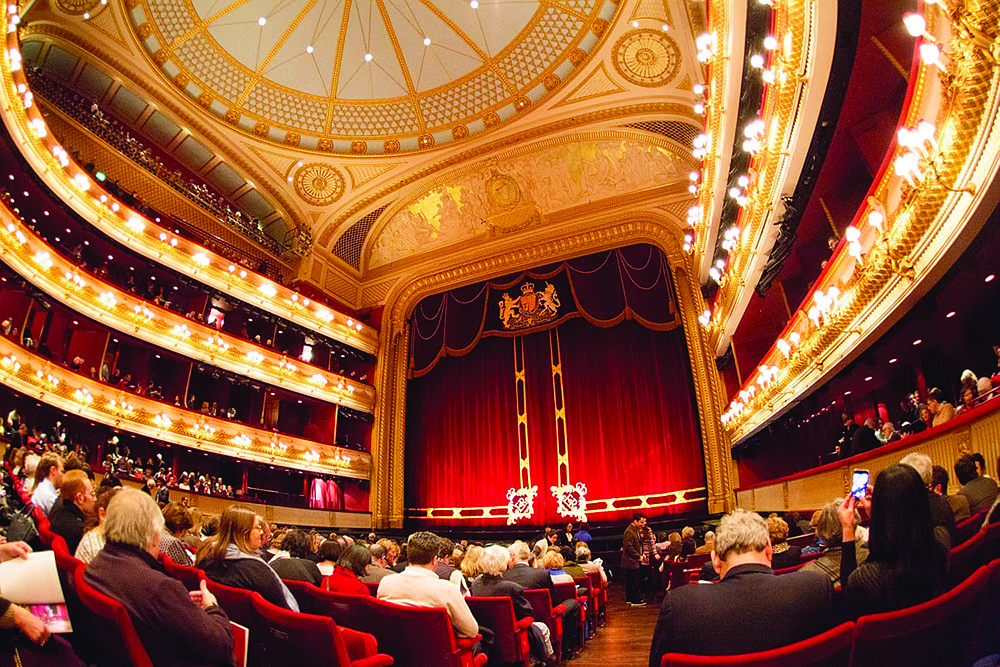- April 24, 2024
-
-
Loading

Loading

So many wants. So many needs. So little money.
The residents of the city of Sarasota, its city commissioners and its civic and cultural leaders have some hard decisions to make.
And the decisions to be made are all about the future and what Sarasota wants to be.
A few questions first:
These questions should be turning, even if only periodically, in the minds of anyone who cares deeply about the future of Sarasota. They need answers. Because in the not-too-distant future, these questions will demand answers.
Last week, these questions flared up after representatives of the Sarasota Orchestra revealed its vision for developing a new standalone orchestra hall on the grounds of Payne Park.
Orchestra CEO Joe McKenna made what appears to be a sensible case for a facility that, to be sure, would benefit the orchestra. It was sensible in this regard: McKenna said the location would allow the orchestra to use the county’s parking garage on Ringling Boulevard, saving on a big expense. More important, the orchestra would utilize an existing city park, avoiding the major hurdle of paying for the cost of the land. The orchestra, presumably, would lease the property at a favorable rate.
The idea is well and good for the orchestra and its patrons. But it appears devoid of a bigger vision and isolationist. It would continue the condition of each of the city’s performing arts organizations operating as a part, not as a whole. The Sarasota Opera has its separate opera house, and the orchestra has its Beatrice Friedman Symphony Center. We do have the Sarasota Ballet and the Asolo Repertory Theater sharing the Asolo Theater venue, but its location on North Tamiami Trail underscores how the performing arts is not exactly housed in a cultural center arts campus.
Now consider the accompanying sidebar on five European performing arts halls. Each of them serves as a performing arts center for its respective city’s opera, ballet and orchestra. Three in one.
Closer to home is a similar model for Sarasota: the Dr. Phillips Center for the Performing Arts in downtown Orlando. Being built in three phases, it includes the completed 2,700-seat Walt Disney Theater; the 1,700-seat Steinmetz Hall to be completed in 2020, with moving walls and floor, depending on the show; and followed by the Green Room, a large rehearsal room and performance space configured for more intimate performances and events.
The Kauffman Center in Kansas City is of similar design — multiple theaters and venues that serve as the performance homes for the Kansas City Symphony, Kansas City Ballet and Lyric Opera.
Part of what makes Sarasota a unique challenge for the performing arts are the city’s seasonality and size. There aren’t enough patrons year-round to justify year-round ballets, operas or orchestra performances. That partly explains why the city’s Van Wezel Performing Arts Hall is filled mostly with out-of-town acts.
And when the snowbirds are here, the opposite challenge occurs — all of the performing-arts organizations want to present their shows on a big stage, but there aren’t adequate facilities to accommodate them.
Now add to this picture The Bay, the proposed 53-acre, multiuse park on the bay, site of the existing Van Wezel Performing Arts Hall.
The unequivocal message that came from residents in community meetings about the bayfront property was: They want it to be a park, not a cultural arts campus. Renderings of this future park show a preserved Van Wezel and a new performing arts facility. But rarely voiced by anyone — not by those leading The Bay efforts or leaders of the orchestra, ballet or other arts organizations — was a persuasive call for creating facilities with performing arts halls and rehearsal studios.
In fact, the Van Wezel Foundation has been undecided since discussions began on The Bay. They know the Van Wezel Performing Arts Hall is inadequate and a new hall is needed. But the question of where it should be — on the bay or elsewhere — remains in limbo. On the bay? On the Robarts Arena site?
If you put all of these issues together — the orchestra’s proposal to go to Payne Park; the outdated Van Wezel; the need for a 21st century performing arts center and where it should be; the ballet’s inadequate facilities; perhaps the long-term future for the opera in its current location; and the desire for The Bay to be a signature park — you have a confluence of competing visions that beg for being prioritized, coordinated and resolved.
Most of all, from where will the funds come to fulfill these visions?
Unlike, say, Kansas City, where the late Muriel McBrien Kauffman Foundation and her late husband’s foundation contributed around $200 million to the Kauffman Center, Sarasota doesn’t have — at least not so far — a benefactor to that magnitude. And because The Bay and the Van Wezel are city assets, if The Bay is to come to fruition, and if there is to be a new Van Wezel, it’s difficult to imagine city taxpayers not contributing to their development.
So many wants. So many needs. What does Sarasota want to be? How will it get there? This confluence of issues needs prioritizing.